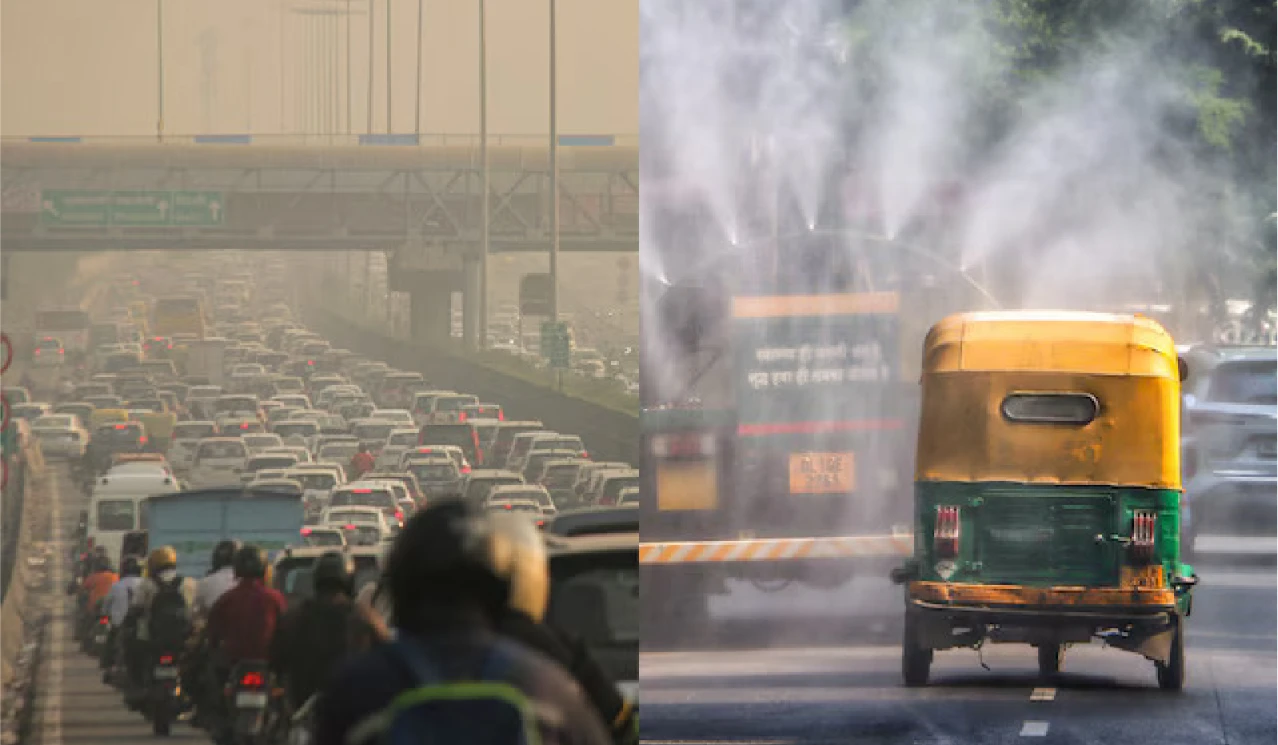CAQM Sub-Committee on GRAP has directed to enforce measures outlined under Stage II due to deterioration in NCR’s air quality index (AQI).
- Under GRAP-2, use of coal and firewood is restricted, and diesel generator sets will face limitations in operation.
About GRAP
- It is an emergency response mechanism based on AQI level of Delhi. It is divided into four stages, based on AQI levels.
- Stage 1: Poor category (AQI 201 to 300).
- Stage 2: Very poor category (AQI 301-400).
- Stage 3: Severe category (AQI 401-450).
- Stage 4: Severe + category (AQI 451+).
- Commission for Air Quality Management (CAQM) in NCR and adjoining areas oversees implementation of GRAP.
- CAQM was established under Commission for Air Quality Management in NCR and Adjoining Areas Act, 2021.
- It replaced Environment Pollution (Prevention and Control Authority).
Reason behind rising air pollution in Delhi during winters:
- Wind Direction: As monsoon withdraws, predominant direction of winds changes to north westerly which brings dust from Rajasthan and sometimes from Pakistan & Afghanistan.
- Temperature inversion: Layer of cool air forms near the ground, trapping pollutants and preventing them from dispersing.
- Low wind speeds: Reduce the dispersion of pollutants.
- Stubble Burning: Farmers in neighbouring states burn crop stubble.
- Other Factors: Vehicular Emission, Industrial Emission, Construction dust, Garbage burning etc.
About National Air Quality Index (AQI):
|






